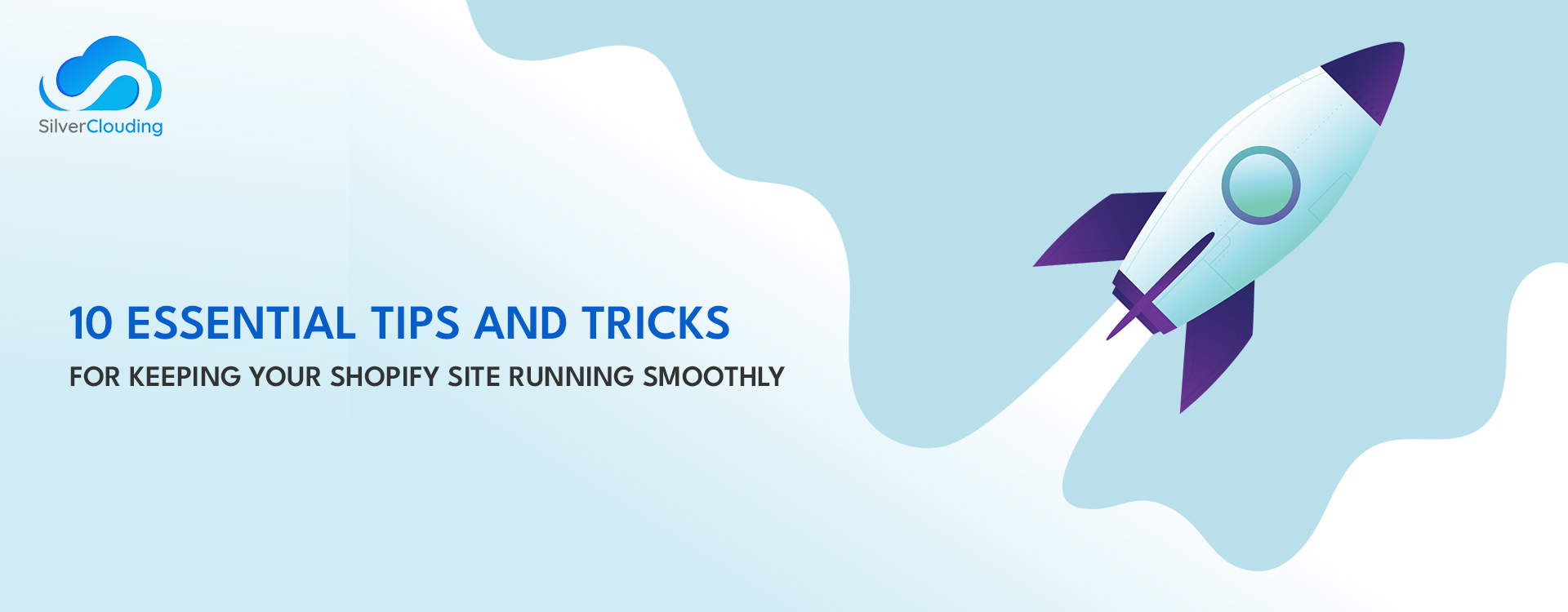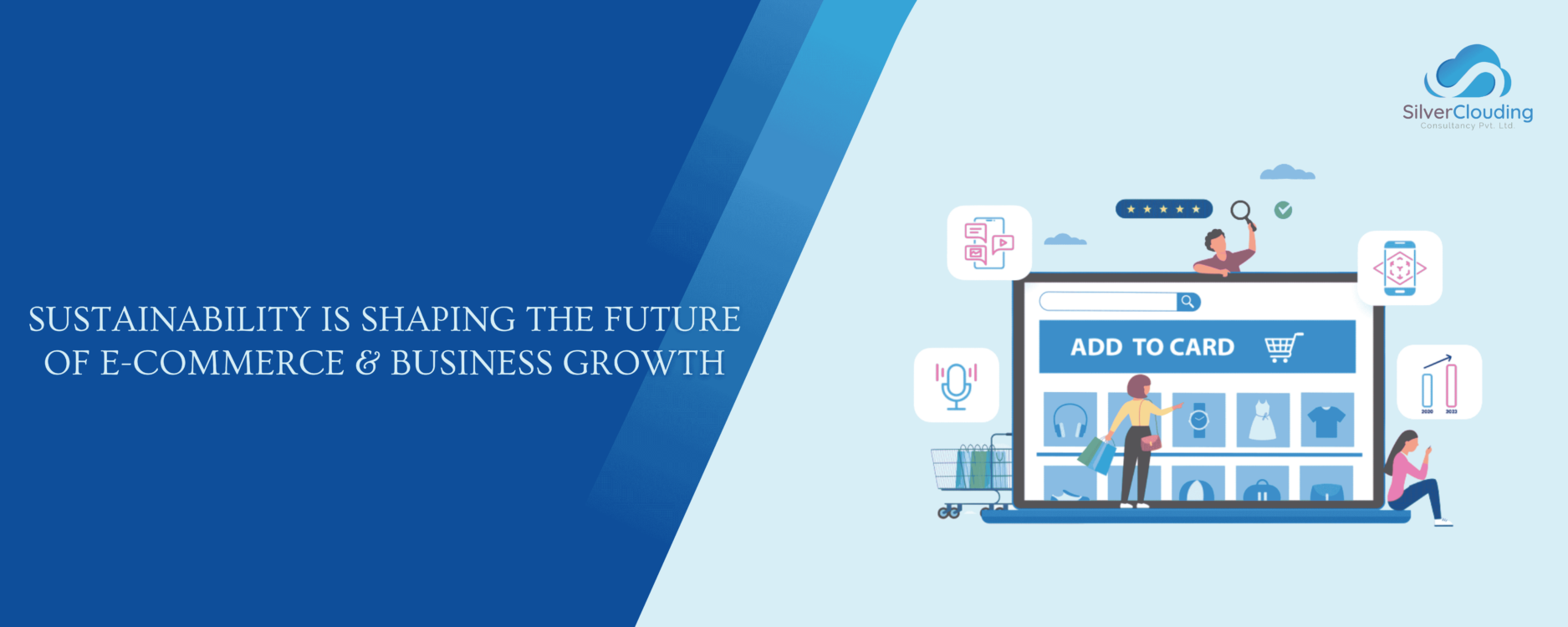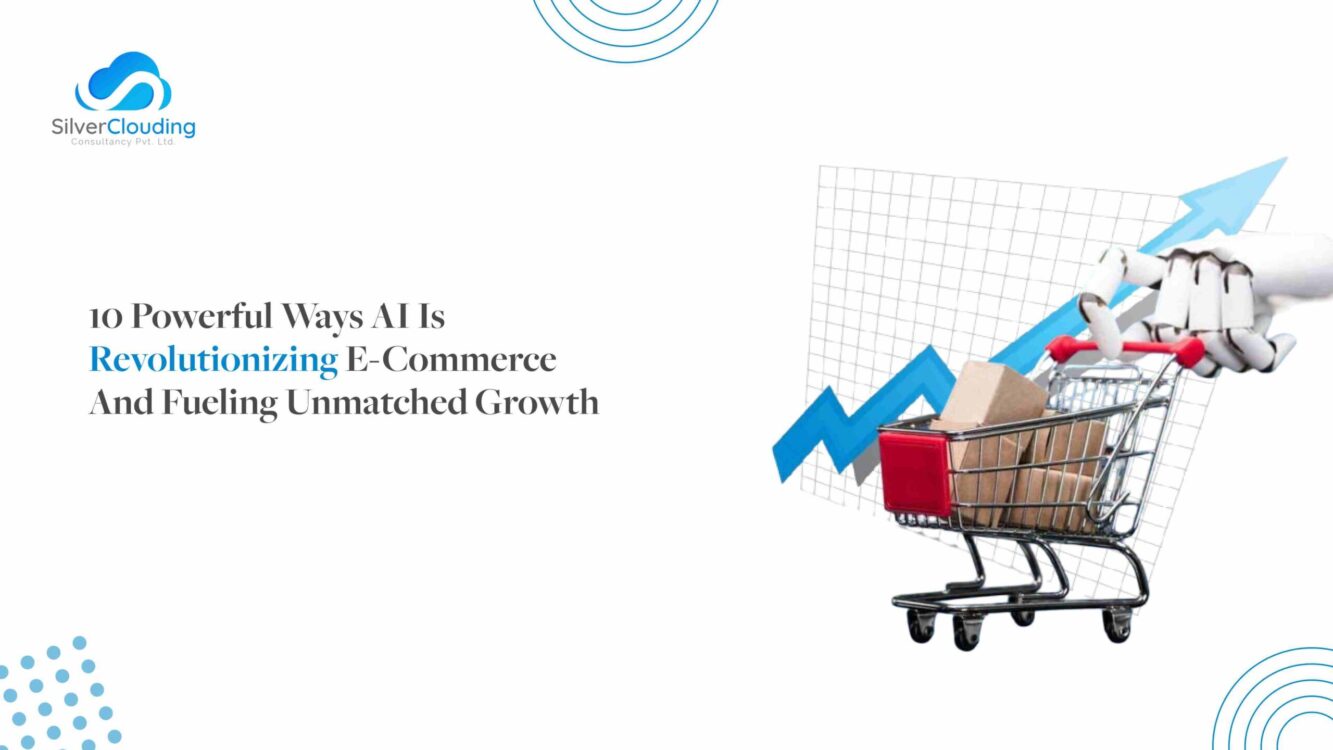“Running a Shopify store sometimes can be a rollercoaster ride, but you can actually do away with it if you want to.”- that’s what we told to one of our clients when he approached us several months back. For a retail entrepreneur like him, who had just started his e-commerce business on the Shopify platform, it’s easy to get baffled. First, he had no idea how the platform worked. Secondly, there were repeated complaints about “slow website loading” and a dodgy checkout process. The immediate result was an increasing churn rate, which directly impacted the profit margin. Later on, he decided to hire Shopify developers who are into this profession for years.
And, here are those ten tips that we came up with when he told us about customer complaints.
1. Image optimization for Speed and Visual Appeal
A sluggish website is clearly the outcome of zero image optimization. It’s obvious that you get to see different images when you are running an e-commerce store. But when you upload these as it is (without optimization, we mean), your website is bound to get slow. And, it is exasperating. But, when you opt for Shopify custom development, every image is optimized with zero quality compromise. You get a visually appealing e-commerce website with quick load times.
2. Keep Themes and Apps Up to Date
While this may appear trivial, an outdated website theme can lead to compatibility issues and security vulnerabilities. On the other hand, regular updates will make sure that your website is doing fine with zero glitches. It’s a great way to solve compatibility glitches as well as deliver a superior customer experience.
3. Mobile Responsiveness is the Secret
If your e-commerce website isn’t optimized for mobile, you are clearly not doing any e-commerce business. A mobile responsive website is a survival imperative for business nowadays. Because 85% of your potential buyers come from there, says Gartner. A non-responsive design results in high bounce rates and lost sales for obvious reasons. In fact, a mobile responsive theme, results in increased mobile sales and happier customers.
4. Clear & Concise Product Pages
You push away your buyers with a cluttered page. We know your products are getting updated on a regular basis and you directly update those. But, your customers are getting distracted when they don’t get to see what they want. You can see at least a 20% increase in user engagement when you update your product description by highlighting the USP in bullet points. Also, it’s equally important to update the blogs and other content on the website.
5. Speed Up with Accelerated Mobile Pages (AMP)
Mobile users are impatient, and slow-loading pages can drive them away. AMP implementation significantly reduces loading times for mobile users. This way you can keep your users engaged which positively impacts your conversion rates. Also leveraging browser caching and reducing code can help you increase load times by 50%.
6. Optimize the Checkout Process to avoid Cart Abandonments
The time-consuming checkout process frustrates your users. Sometimes they avoid visiting your website (even if you have great products) only because of the complex check-out process. With Shopify custom development your existing store can get a revamped checkout process that needs just a single step to complete the purchase. You may add a guest checkout option and multiple payment getaways to ease the process.
7. Security is Supreme
With Shopify’s custom development, you can secure your online store’s crucial data. Your data (be it your customer information, product information, or something else) is susceptible to threats when you do not strengthen the security features in your Shopify store. The custom development process helps protect your key data through SSL encryption, two-factor authentication, and regular security audits. Thus, you can restore your data even after a server crash. It wins customers’ trust and helps you maximize your revenue.
8. Monitor Website Analytics
Through Shopify custom development, you can implement Analytics in your existing store. It helps you analyze user behavior, trends, and shopping patterns. Continuous monitoring gets you valuable insights that help UPI tailor your marketing plans accordingly.
9. Optimized inventory management
When you don’t optimize your inventory management, you end up overselling. This leads to inventory crunch which is again equally disastrous. First, because you are most likely to lose count of extra sales. Secondly, you fail to get an accurate calculation of your earnings. But, when you customize a Shopify store, you can leverage the inventory features and apps to keep track of stock levels.
10. Master SEO for Visibility
Without proper search engine optimization (SEO), your site might struggle to rank in search engine results. It’s extremely important to update meta tags and other features to make sure that your Shopify store gets maximum visibility and boosts sales.
The Final Takeaway
While ecommerce is more of a business norm these days, maintaining a Shopify store seamlessly is quite difficult. With the right strategies and a professional development agency, you can do away with the hassles. At Silver Clouding, we not only implement the right strategies but also the right talents to help you create your Shopify store so that you can thrive. We focus on what is needed instead of a one-size-fits-all solution. Hire Shopify developers from us to make your e-commerce venture successful.
Stay tuned to more such stories from us.




